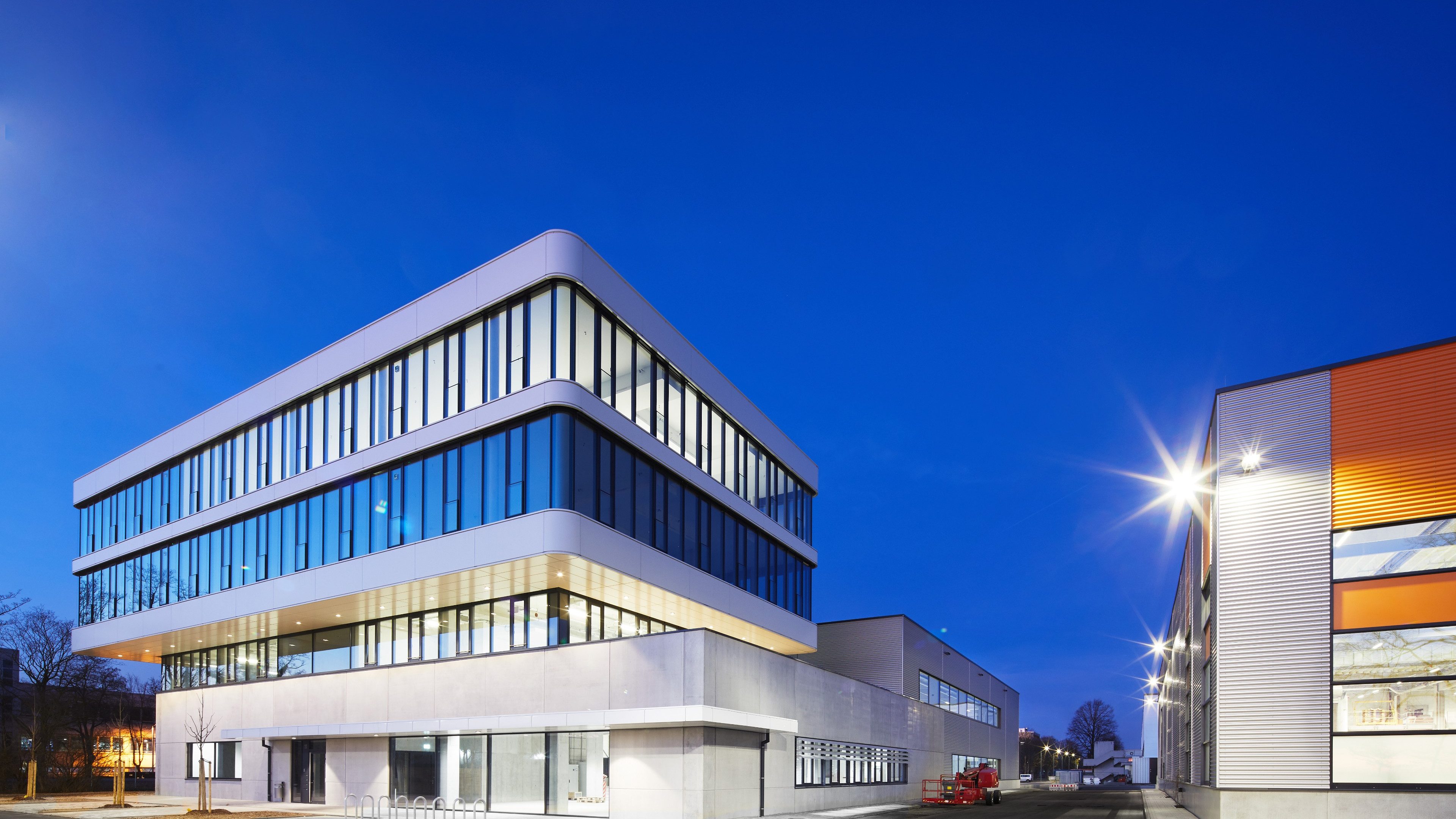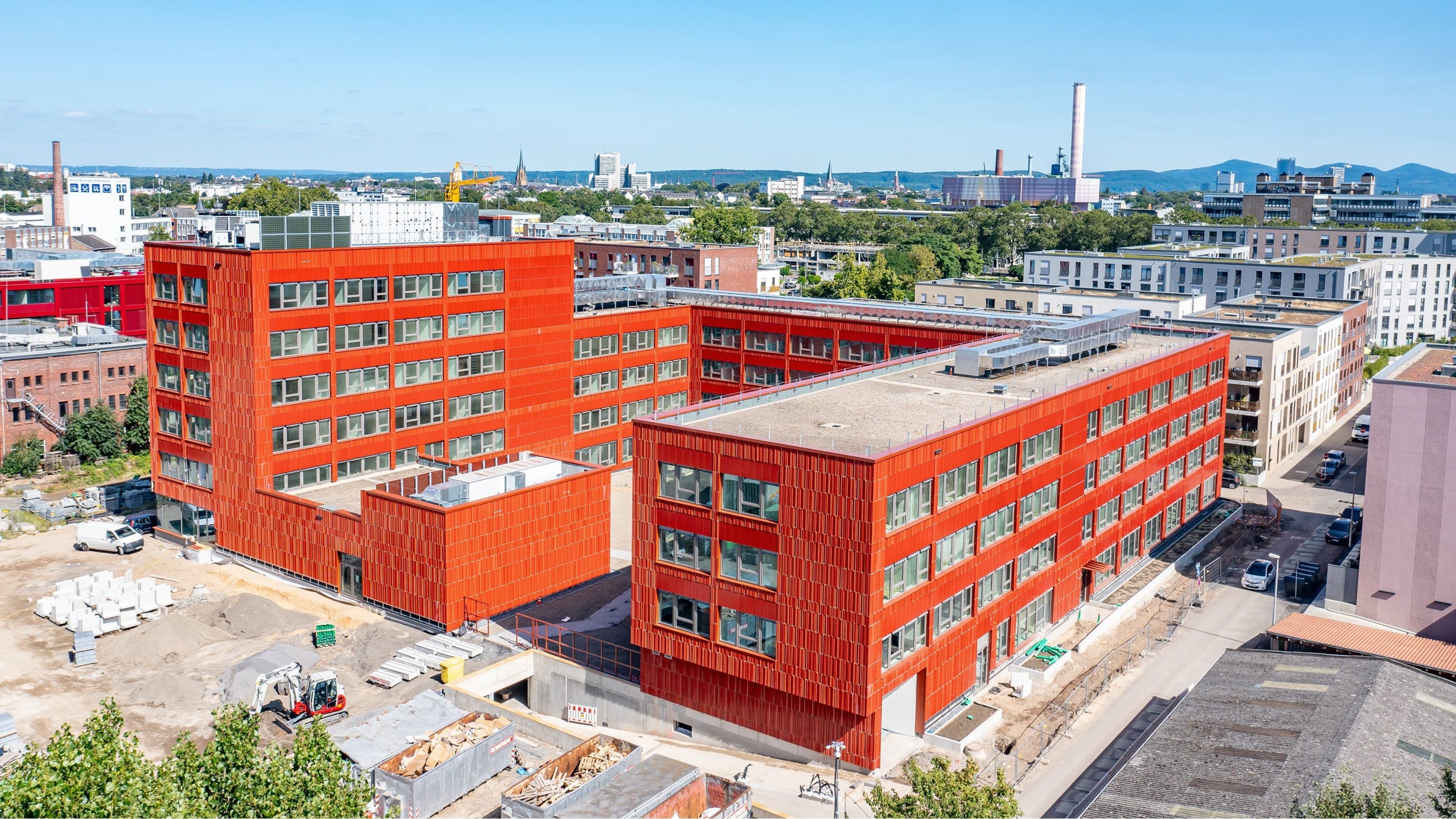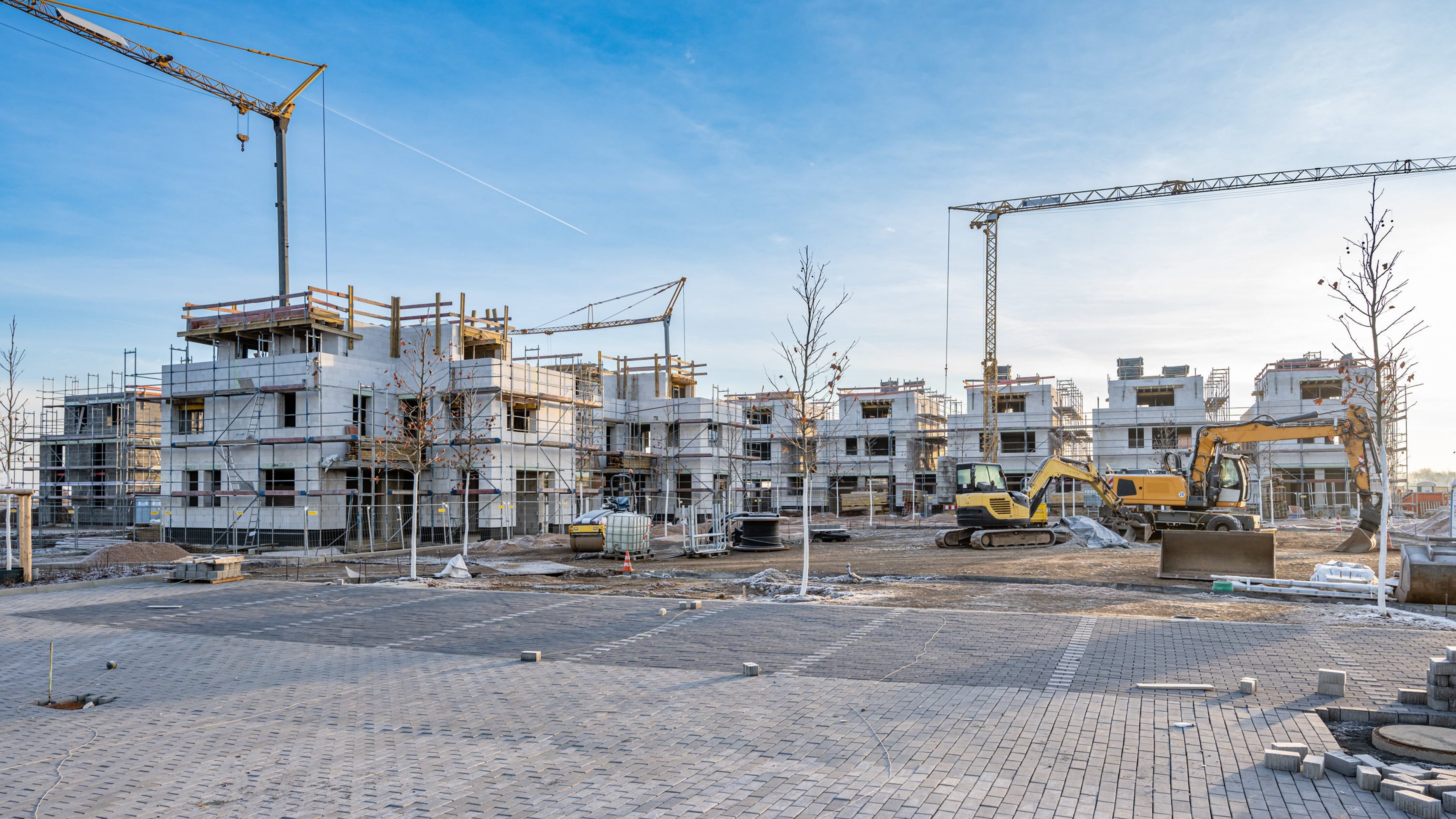The residential sector has long been a favourite among investors, driven by strong fundamentals such as high tenant demand, limited supply, and relative economic stability. However, it’s worth considering why investors should also look beyond the traditional residential sector to explore a diverse range of living concepts.
In real estate, the industry is often segmented into sectors like office, retail, logistics, residential, healthcare, and hotel, which are considered the traditional categories. Since real estate has become a key focus for many investors, several complementary themes have emerged. Examples include life sciences within the industrial/office category, student housing within residential, and self-storage facilities within logistics.
As the real estate landscape evolves, we believe it is time to move beyond a strictly sector-based perspective and adopt a thematic approach. This broader outlook unlocks greater opportunities to identify investments that will drive future income streams and enhance overall performance for investors. These themes are shaped by powerful megatrends. By analysing the megatrends that are shaping the world, we can identify the most promising investment opportunities – whether in hubs, districts, or individual assets.
Instead of focusing solely on the residential sector, we believe it is more appropriate fitting to embrace the broader theme of “Living”. This concept encompasses not only conventional multifamily housing, but also student housing, serviced apartments, co-living formats, hotels, and senior housing - essentially, any type of accommodation that offers a place to sleep.
The key megatrends driving the “Living” theme are urbanisation, an aging population (the silver society) and the rise of mobility and globalisation.
Urbanisation: As more people move into cities, the demand for housing is increasing. However, supply often struggles to keep pace due to limited available land and construction challenges. This supply/demand imbalance supports investment into traditional residential properties. Additionally, population growth and migration drive trends in mobility and globalisation. We strongly support the concept of the 15-Minute City, where investors play a key role in addressing urban living needs.
Mobility/globalisation: With global migration and increased mobility, the demand for diverse housing options is rising – whether for long-term apartments for families, serviced apartments for short-term workers, student housing for those in education, or hotels for travellers.
Silver society: The term refers to the demographic shift towards an aging population and the increasing number of older individuals in society. This demographic influence is expanding across various sectors, and it is essential to meet the needs of the elderly. Therefore, senior housing in its various forms should be a key component of the broader “Living” theme.
These trends underscore the importance and resilience of the “Living” theme. But what are the key criteria for investing in this sector?
Economic and political stability: Focus on countries with stable economies and political environments. Such stability reduces the risk of drastic property value fluctuations and unexpected policy change. While most of our countries under consideration offer this stability, the highest risks stems from increasing regulations.
Availability of workforce: This is especially important for operator-led assets such as senior housing, student housing, hotels, and serviced apartments. A reliable and skilled workforce is essential to the successful operation of these assets.
Supply-demand: Aim to be a part of the solution by investing in areas with undersupply and a strong need for new developments. Addressing these gaps can yield significant returns.
Interest rates: The recent interest rate movements have made homeownership more challenging, particularly in traditionally ownership-driven markets like the UK and France. As a result, there is a shift towards “built to rent” solutions, creating new opportunities in these markets.
Expanding the residential sector into the broader “Living” concept offers investors a wider range of opportunities that align with diverse investment strategies. While investing in “Living”, similar to residential, requires detailed tactical and strategic analysis – along with careful assessment of potential risks, such as the growing regulatory pressures that may limit supply - the megatrends supporting this theme highlight its resilience. This makes it a cornerstone of Swiss Life Asset Managers’ investment strategy. Additionally markets with an oversupply of outdated commercial assets may present attractive conversion opportunities.


Residential is in many markets already an established sector allocation. With the current environment and extending that allocation to “living”, we expect strong growth in this area. (Source: MSCI)




